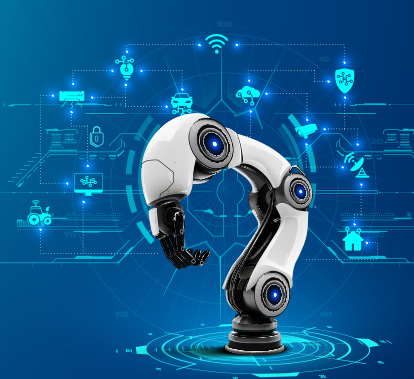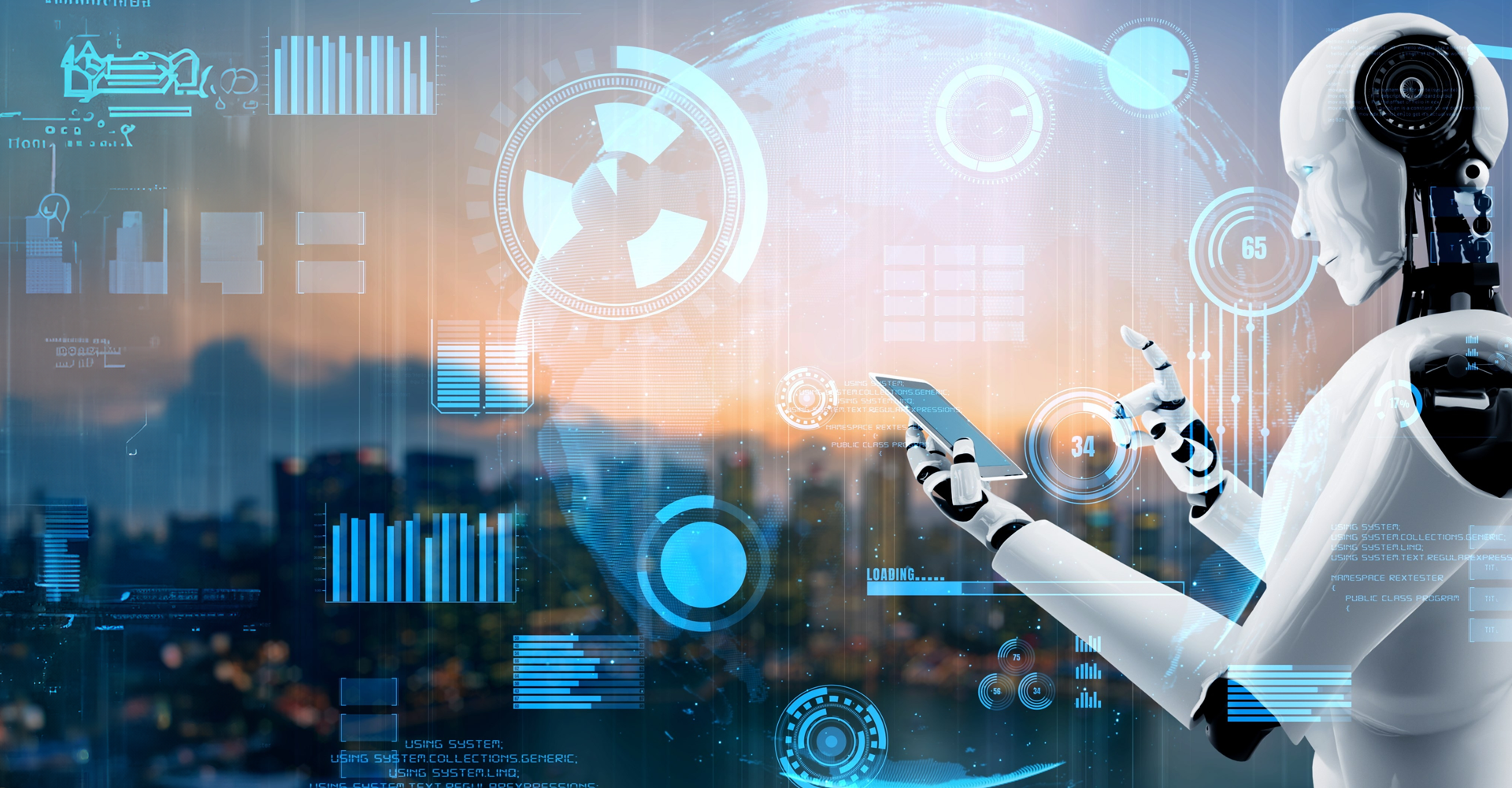Manufacturing is undergoing a radical transformation—fueled not by speculation, but by tangible results delivered through artificial intelligence. According to Grand View Research, the global AI in manufacturing industry was valued at $5.32 billion in 2024 and is projected to grow at a CAGR of 46.5% from 2025 to 2030. This explosive growth reflects how deeply AI in the manufacturing industry is embedding itself into the fabric of industrial operations.
The question for manufacturing leaders today is no longer, “Should we adopt AI?” but rather, “How quickly and effectively can we do it?” Artificial Intelligence is no longer a futuristic concept—it is actively reshaping the very core of manufacturing. From finance and procurement to the shop floor and the global supply chain, AI is transforming operations at every level.
Modern AI solutions are enabling smarter, faster, and more resilient manufacturing ecosystems. Whether it’s automating production lines, predicting equipment failures before they happen, or optimizing resource allocation, AI in manufacturing industry is delivering measurable outcomes: lower costs, improved quality, higher efficiency, and more strategic use of labor. For forward-thinking manufacturers, embracing AI isn’t just a competitive advantage—it’s becoming a business imperative.
Why AI is Imperative in Manufacturing
AI is redefining how manufacturers operate by:
- Streamlining back-office processes (Finance, Legal, Procurement, Sales).
- Enhancing production operations through real-time decision-making.
- Optimizing global supply chains under ever-changing market conditions.
- Reducing inventory, scrap, and manufacturing costs through data-driven precision.
This isn’t just an upgrade — it’s a strategic necessity for survival and growth in a hyper-competitive, digitally-driven world. The benefits of AI in manufacturing are both immediate and long-term.
Key Benefits of AI in Manufacturing
1. Improved Operational Efficiency
AI analyzes vast datasets to uncover inefficiencies in processes like accounts payable, sales orders, logistics, and resource planning — driving real-time optimizations.
2. Predictive and Preventive Maintenance
Machine learning models monitor equipment’s health in real-time, predicting failures before they occur. This:
- Reduces unplanned downtime
- Optimizes planned shutdowns
- Lowers maintenance inventory and costs
3. Enhanced Quality Control
Through generative AI in manufacturing, computer vision and deep learning detect micro-defects — even those invisible to the human eye. This:
- Reduces defect detection time
- Minimizes scrap and rework
- Ensures consistent product quality
4. Agile Supply Chain Management
AI enables smarter demand forecasting, inventory optimization, and scenario planning. The result? A more resilient supply chain capable of adapting to disruptions faster.
5. Workforce Augmentation
AI automates repetitive and administrative tasks while providing real-time insights, allowing human workers to focus on innovation and complex problem-solving.
These are just a few of the many benefits of AI in manufacturing that are already delivering high ROI across global enterprises.
Challenges to Consider
While the value is clear, there are real-world barriers that must be planned for:
- Data Quality & Silos: Many manufacturers struggle with fragmented, inconsistent data. But this is not a deal-breaker — it just needs proper preparation.
- Initial Investment: AI requires infrastructure, talent, and integration efforts, which can be a hurdle, especially for SMBs.
- Change Management: Like any digital transformation, success depends on executive buy-in, employee alignment, and a clear adoption roadmap.
How to Embrace the AI Journey
To truly succeed with AI in manufacturing, don’t take an ad hoc approach. Instead:
1. Align AI to Business Goals
Start by identifying the gaps in your business and defining what outcomes you want to achieve in the next 1–3 years. Let your goals guide the AI strategy.
2. Build a Strategic Roadmap
Create a clear roadmap for AI adoption — with milestones, budgets, and metrics — aligned to business impact, not just technology exploration.
3. Prioritize Use Cases by ROI
Prioritize use of AI in manufacturing industry scenarios that are feasible and can potentially self-fund future phases.
4. Engage the Right Partner
An experienced AI partner can help you:
- Validate your roadmap
- Bring cross-industry best practices
- Deploy pilot projects and scale fast
Final Thoughts
Manufacturing companies that embrace AI now will be better positioned to handle disruption, adapt quickly, and lead in a competitive landscape. AI isn’t just a tool—it’s a strategic driver for smarter decisions, resilient operations, and scalable growth.
At Jade Global, we help manufacturing leaders move from pilot to production with purpose-built AI solutions. From identifying high-impact use cases to implementing scalable, enterprise-ready models, we partner with you to drive measurable outcomes—fast.













